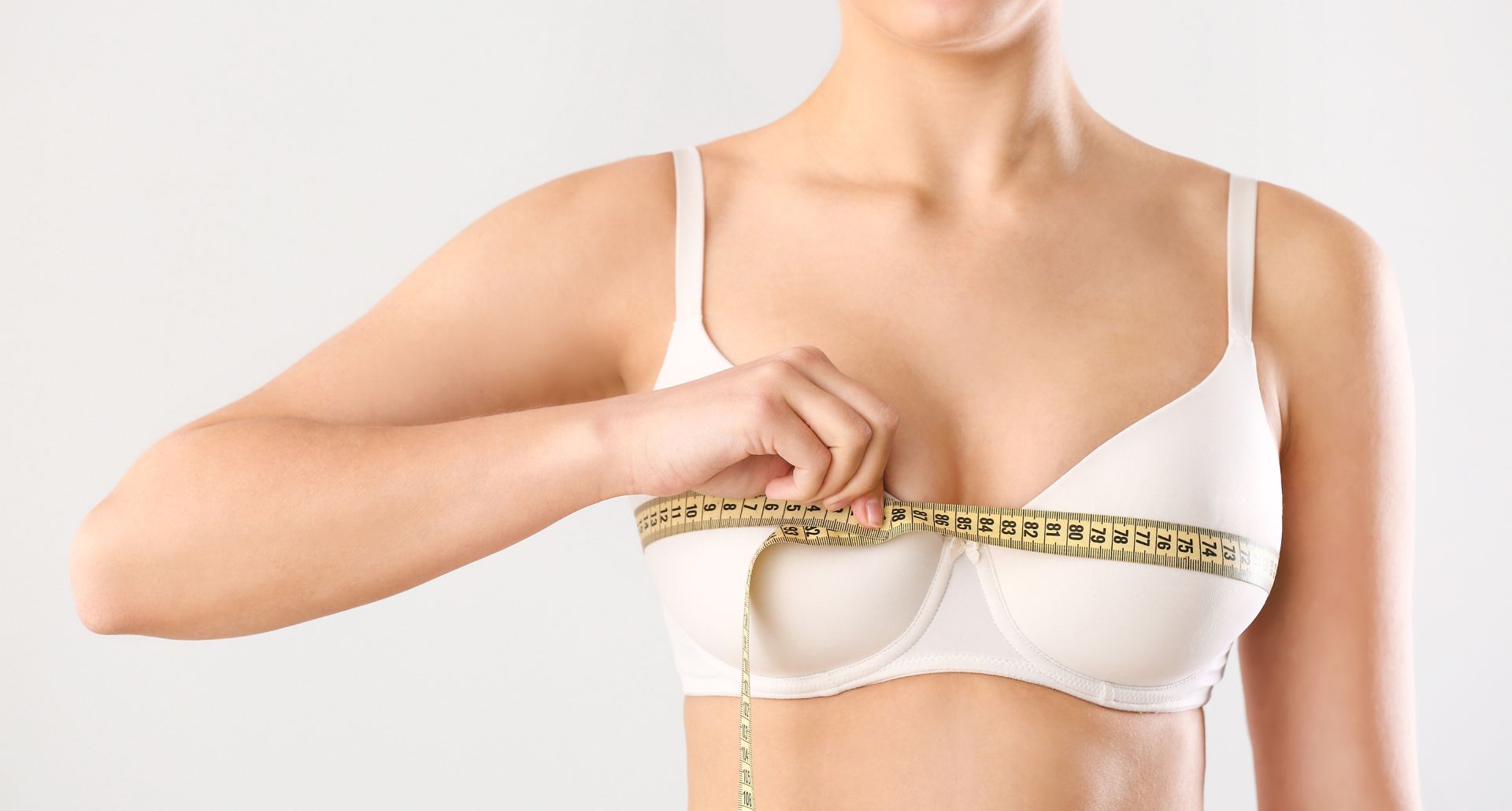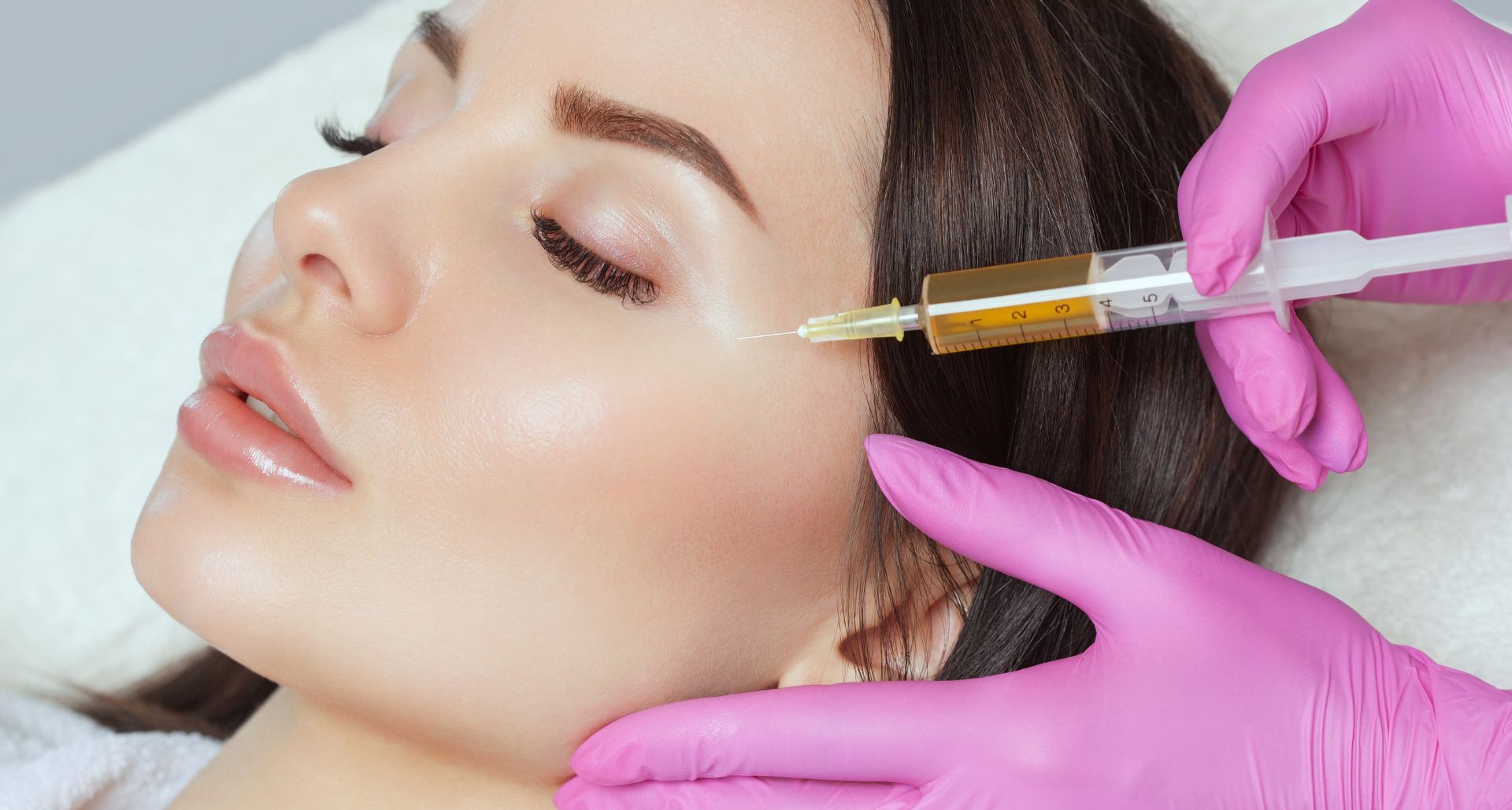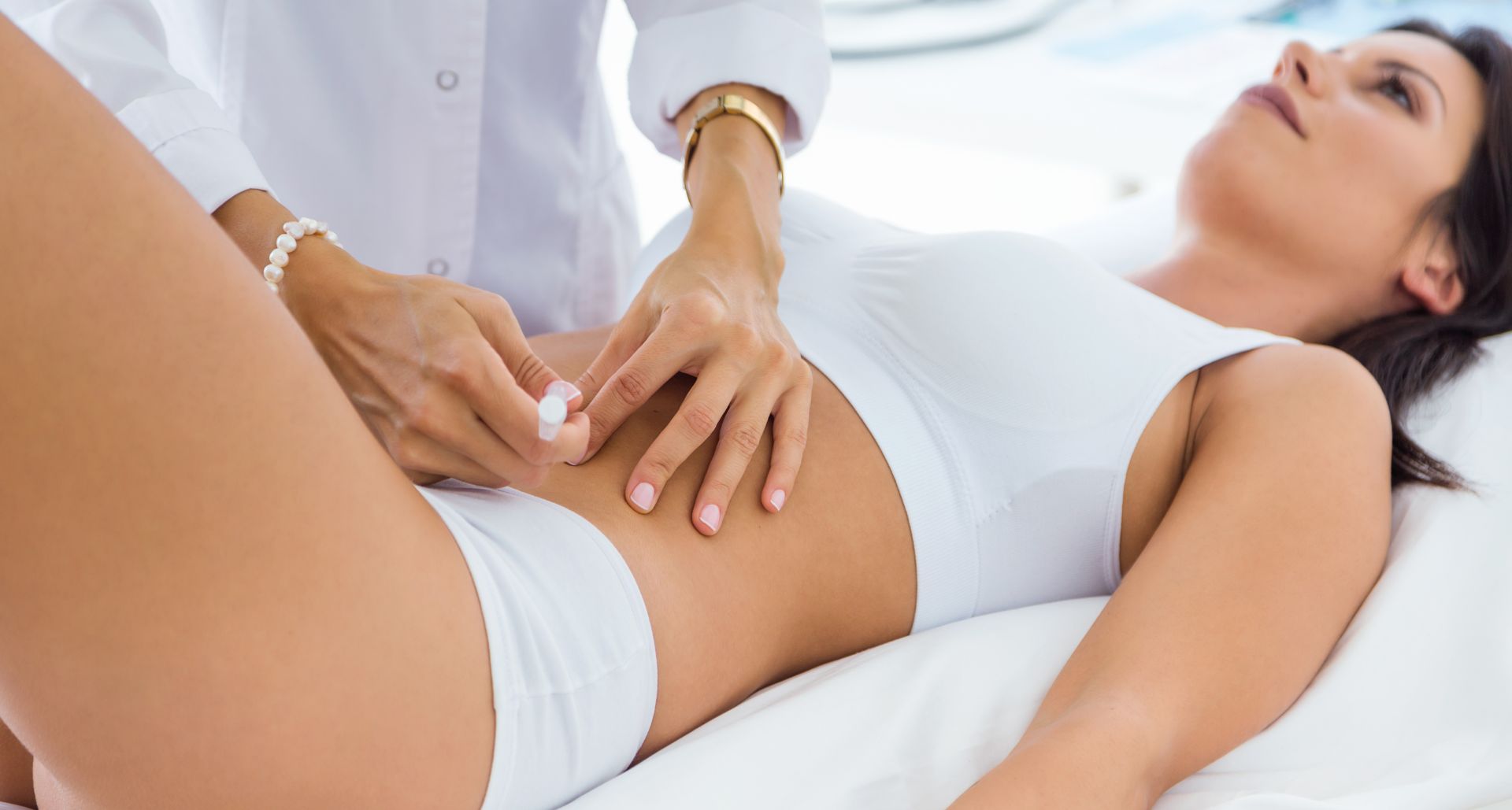5 Things You Should Know About Skin Rejuvenation
Is it possible to turn back the hands of time and achieve younger-looking skin? Skin rejuvenation is a popular topic of conversation, and there are a variety of ways that people attempt to achieve it. From creams and serums to procedures like microneedling and laser treatments, there are a number of options available. But which ones really work? And is it possible to achieve skin rejuvenation without spending a fortune? We say it is very possible.
1. The science behind skin rejuvenation
The science behind skin rejuvenation is fascinating and still being studied. The skin is the largest organ in the body and is made up of three main layers: the epidermis, dermis, and subcutis. The epidermis is the outer layer and is made up of dead skin cells. The dermis is the middle layer and is made up of living skin cells. The subcutis is the deepest layer and is made up of fat and connective tissue.
The skin is constantly renewing itself. The epidermis sheds dead skin cells, and the dermis produces new skin cells. The subcutis provides the skin with nutrients and support. As we age, the skin’s ability to renew itself slows down. The skin becomes thinner and less elastic. Wrinkles form and the skin begins to sag.
There are many factors that contribute to the skin’s ability to renew itself. These include the type of skin, the amount of sun exposure, the presence of toxins, and the health of the dermis.
- The type of skin plays a role in the skin’s ability to renew itself. The thicker the skin, the slower the rate of skin cell turnover. The thinner the skin, the faster the rate of skin cell turnover.
- The amount of sun exposure also affects the skin’s ability to renew itself. The more sun exposure, the faster the rate of skin cell turnover. The less sun exposure, the slower the rate of skin cell turnover.
- The presence of toxins in the environment can also affect the skin’s ability to renew itself. Toxins can damage the skin cells and the DNA. The damage can cause the skin cells to die prematurely.
- The health of the dermis also affects the skin’s ability to renew itself. The dermis is the layer of skin that contains the blood vessels, nerves, and sweat glands. The health of the dermis affects the skin’s ability to produce new skin cells.
The science behind facial skin rejuvenation is vast and complex, but we do know that it involves stimulating the production of collagen and elastin. These are the proteins that keep our skin looking youthful and plump.
Skin rejuvenation is a process of repairing and regenerating the skin cells from the inside out and encouraging the growth of collagen through various skin care procedures. It's often used to improve the appearance of facial wrinkles, fine lines, and other signs of aging.

2. What exactly happens during skin rejuvenation?
When you age, your skin cells produce less collagen and elastin, which are the proteins that give your skin its firmness and elasticity. Additionally, your skin cells produce more free radicals, which are damaging molecules that can break down collagen and elastin. All of these factors lead to wrinkles, fine lines, and sagging skin.
But during skin rejuvenation, whether medical or cosmetic, these effects can be reversed. The goal of skin rejuvenation is to stimulate the production of collagen and elastin, while also reducing the production of free radicals. This can be done through a variety of methods and cosmetic procedures, including exfoliation, laser treatments, and chemical peels.
Exfoliation is a process that removes the top layer of dead skin cells from the surface of the skin. This can be done mechanically, with a physical exfoliator like a scrub, or chemically, with an acidic solution. Exfoliation helps to improve the appearance of the skin by revealing the brighter, smoother skin underneath. It also helps to stimulate collagen production.
Laser treatments, like laser skin resurfacing, work by penetrating the skin with short pulses of light. This light energy is then absorbed by the water in the skin cells, which causes the cells to heat up and break down. As the skin cells break down, they stimulate the production of new collagen and elastin and prevent wrinkle formation.
According to a study by the American Society for Dermatologic Surgery, laser treatments are the most popular method for skin rejuvenation. In this study, 87% of respondents said they had undergone laser treatment for skin rejuvenation. Out of this group, 96% were satisfied with the results.
Dermatologists often recommend combining laser treatments with other methods such as dermabrasion or chemical peels for better results. When people get chemical peels, a chemical solution is applied to the skin, which causes the top layer of the skin to peel off. This reveals the new, smoother skin underneath and also helps to stimulate collagen production and improve various skin conditions.

3. Are topical treatments effective for skin rejuvenation?
There are a lot of topical treatments on the market that claim to improve the appearance of your skin. But do they really work? Topical treatments can be divided into two main categories: those that contain active ingredients and those that don't.
Active ingredient topical treatments include things like retinoids, alpha hydroxy acids, and vitamin C. These ingredients are known to have beneficial effects on the skin.
Retinoids are compounds derived from vitamin A, and they work by promoting cell turnover and increasing collagen production. This can help to reduce the appearance of wrinkles, fine lines, and age spots. Retinoids are available in both over-the-counter and prescription formulations. When used as directed, retinoids are generally safe and well-tolerated. However, some people may experience dryness, redness, and irritation when using these products.
One other popular, topical treatment for skin rejuvenation is alpha hydroxy acids (AHAs). AHAs are a type of chemical exfoliant that works by breaking down the bonds between dead skin cells. This results in a more even skin tone and a smoother texture. AHAs also stimulate collagen production, which can help reduce the appearance of fine lines and wrinkles.
Vitamin C is a powerful antioxidant that can help protect the skin from damage caused by free radicals. It can also help boost collagen production, which can reduce the appearance of wrinkles and fine lines and prevent loss of skin tone. Vitamin C is also thought to help reduce the appearance of age spots. There are a number of ways to incorporate vitamin C into your skincare routine. You can use a vitamin C serum, which can be applied directly to the skin. You can also take a vitamin C supplement, or eat foods that are rich in vitamin C, such as oranges, strawberries, and kale.
4. The benefits of skin rejuvenation
Our skin is constantly exposed to environmental stressors, such as UV radiation, which can damage the skin and cause premature aging. Skin rejuvenation is a process that can help to repair the damage caused by environmental stressors and restore the youthful appearance of the skin.
There are a number of benefits to undergoing skin rejuvenation, including:
Reduced wrinkles and fine lines: One of the most noticeable signs of aging is the appearance of wrinkles and fine lines on the skin. Skin rejuvenation can reduce the appearance of these wrinkles and lines.
Improved skin texture: Environmental stressors can also damage the texture of the skin, causing it to become rough and uneven. Skin rejuvenation can smooth out the texture of the skin.
Reduced acne scars, pock marks, and other skin imperfections: As people age, they are more likely to develop scars as a result of acne or pock marks from past injuries. Skin rejuvenation can reduce the appearance of these scars and pock marks.

5. The bottom line: is skin rejuvenation worth it?
The bottom line is, yes, skin rejuvenation is worth it. It is possible to achieve a more youthful appearance without resorting to surgery or other invasive procedures. Of course, topical treatments will never be as effective and long-lasting for skin rejuvenation as cosmetic procedures, and you shouldn’t expect dramatic results in a short period of time.
Skin rejuvenation isn't just about improving your appearance. It can also help to improve your self-esteem. If you feel better about yourself, you'll be more likely to take care of your skin. This can help prevent future problems and skin conditions from occurring.
Skin rejuvenation in Tampa
Skin rejuvenation is definitely something worth considering if you want to fight the signs of aging and have a more youthful appearance for many years. Prime Aesthetica in Tampa Bay provides a variety of cosmetic procedures and works with experienced skincare specialists, so you can find the best treatments for different skin conditions and enjoy healthier skin. Because beautiful skin makes us all feel better about ourselves! If you're looking for a way to improve your appearance and your self-esteem, give us a call, and benefit from skin rejuvenation in Tampa.
Search





